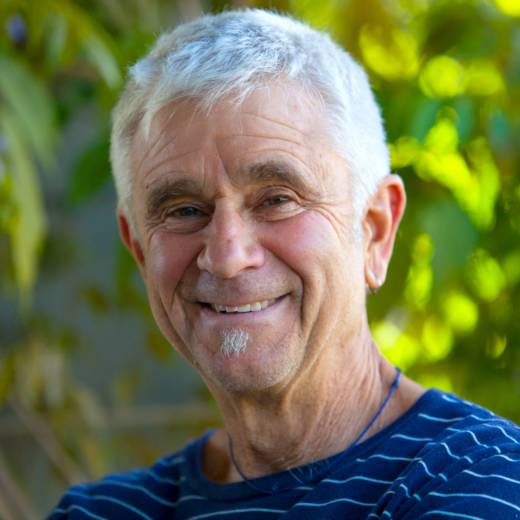The California coast not only looks amazing, it works in remarkable ways to create a vast ecosystem. Michael Ellis tells us how.
As I was biking north along the coast last week, I was cursing that brutal 20 knot headwind. But I kept thinking, “Well, at least it’s good for the whales and birds.”
In the spring and summer, the wind blows from the northwest. The California coast also trends from the northwest to southeast. The wind therefore is blowing parallel to our coast. In the northern hemisphere everything that moves across the surface has a tendency to deflect to the right — the Coriolis effect. As the wind blows it pushes the ocean surface water along. As it does this, the surface water deflects to the right and flows away from the shore. This surface water has to be replaced. It is replaced by deeper water which upwells right along the coast. This water is not from the abyssal depths but is from less than 600 feet.
This deeper water is cold and therefore it holds more dissolved gases like carbon dioxide and oxygen. Also, this water has accumulated marine snow. Marine snow is all the dead plant and animal life and waste products that grow and die near the surface. This slowly floats downward. Out in the middle of the ocean, it just drops to the bottom and stays there. But in upwelling zones like our coast, the water is brought to the surface. It is just like compost in the garden, fertilizes the top layer of the ocean.
Plenty of sunlight, coupled with the plentiful gases, create perfect conditions for the abundant phytoplankton growth during the long days of summer. The plants are eaten by zooplankton (krill) and those critters are eaten by small schooling fish, which are eaten by salmon. Hundreds of blue and humpback whales eat the krill directly. Seals, sea lions and salmon fisherman thrive in this incredibly rich marine ecosystem. And the nearby Farallon Islands support the largest seabird colony south of Alaska.
